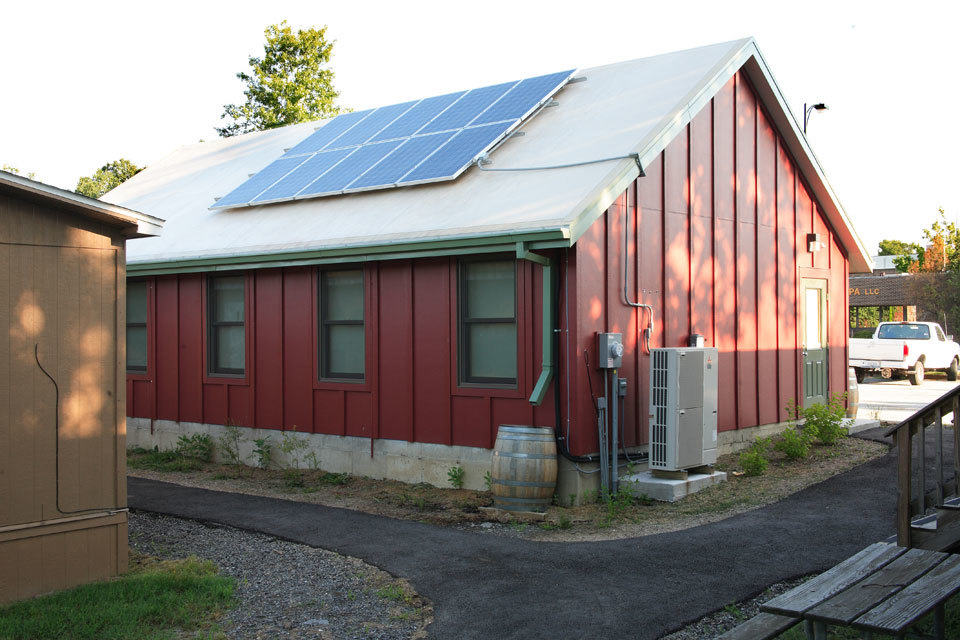COLUMBIA, Mo. - Nearly 40% of the world's energy-related carbon dioxide emissions come from buildings, according to the United Nations Environment Program. As non-renewable resources become more scarce, some school districts are turning away from coal and oil toward alternative sources of energy, such as solar panels.
Now, researchers at the University of Missouri have found that 'green' school buildings can help students better understand the role that humans have in and on the environment.

Researchers at the University of Missouri have found that 'green' school buildings can help students better understand the role that humans have in and on the environment.
Laura Zangori, assistant professor in the MU College of Education, and Laura Cole, assistant professor of architectural studies, collaborated with the school district in Columbia, Missouri, to examine the impact of a certified green school building on 37 fifth-grade students. Roughly half of the students were taught in a green school building over the course of the school year while the other half were taught in a neighboring trailer classroom. Both classes conducted similar curricular activities throughout the school year.
When the students were asked to draw a picture that reflected how their school building affected the ecosystem, the researchers found that the students who were taught in the green building saw a much more positive relationship between the building and the environment.
"In addition to teachers, buildings serve as a second educator, and where we put our kids tells them a lot about what we think of them," Zangori said. "By talking about how energy flows through a building to provide electricity or the consequences of cutting down trees to build something that is not sustainable, we can help students start to make those connections at a younger age."
Cole added that environmental factors such as increasing indoor air quality or natural sunlight can have positive impacts on academic learning for young students.
"Green school buildings provide an opportunity for students and teachers to learn about sustainability by using the building and environment they interact with every day," Cole said. "Rather than solely using fear-based tactics, such as showing pictures of wandering polar bears to explain climate change, let's teach kids to love nature before we ask them to save it."
"Assessing the contributions of green building practices to ecological literacy in the elementary classroom: an exploratory study," was recently published in Environmental Education Research. Funding for this study was provided by the Office of Research, Graduate Studies, and Economic Development University of Missouri Research Council Grant URC-16-053, the Margaret Mangel Award at the College of Human and Environmental Sciences University of Missouri, and the National Institute for Food and Agriculture.

Laura Cole is an assistant professor of architectural studies in the MU College of Human Environmental Sciences.
The Department of Architectural Studies is in the MU College of Human Environmental Sciences.







